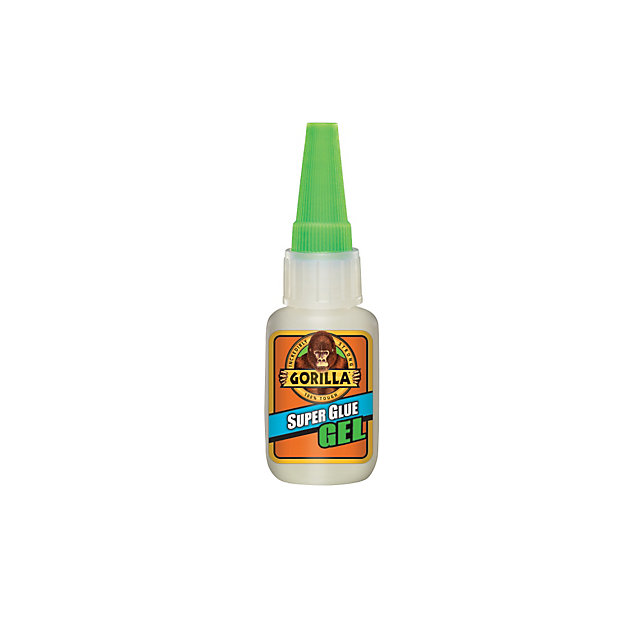I had no intention of blathering on any more about lighting and then I opened the pack on the light for the kitchen.
This a Heidi Ott light and, initially I thought it had come with a spare bulb
 |
| even getting it out of its packaging is a challenge |
Then I remembered - Oh, No - it is one of those that you have to fiddle the bulb in yourself. I remember a conversation with Ray Storey once, years ago, when I was buying some lights from him for my Chocolat project and he gave me the shades and the bulbs separately. 'It is dead simple - they have two pins and there is a two pin socket you just slide them in gently'. I think it was a task I may have wept over.
 |
| one two pin socket, so so tiny |
 |
| one tiny bulb with two wires for the socket currently squeezed together |
Nothing for it but to give it a go. Remove the lampshade and spend a jolly five minutes trying to adjust the two wires on the bulb to exactly the right width apart so they can 'slide gently' into the socket
 |
| yeah, success! |
This one definitely needed testing after all that faddling around
This photo shows one of those foam pads I was talking about in my previous lighting post - you can see how they will make a light stand away from the ceiling -
...........off it came and some super-glue gel was applied carefully to the inside edge just as it was about to be pulled into position. I think I read somewhere not to use superglue near lighting - melts the plastic over the wires maybe??? So I maybe giving you rubbish tips here. All I can say is I have made four other projects prior to this and the lights worked in all of them. Obviously you don't apply globs of the stuff.
Having emptied the kitchen to fit the light gave me a chance to add the coffee maker and the toaster, both from Delph Miniatures.
Here we are so far, ham salad butties and coffee for two
I love Amanda Speak's work. She is my go-to food person and has made stuff to order for me that was the bee's knees and at her ordinary prices.
 |
| I will have to have a word with her about too much fat on the ham |
So, only one more room to light and I will be ready to actually get the whole house lighting set up and working. The problem here is I can not decide what to do with this room. This is the current position of the furniture and I have another chair, two wall lights, one standard lamp and one table lamp available to me. I also have a large screen TV and a wall mounted fire and/or radiator that could go in. Until I can settle on some definitive arrangement I can't add the lights. If you see a brainwave/obvious solution in this muddle do, please, let me know.
One dilemma is that I am not sure about the table and stool at the front of the room for Annelise to do her work on - the seat is not comfy and the table is narrow and she has a table in her bedroom that she could use. I could split them into a console table with plant and nick knacks by the window (as is) and the stool becomes a side table by the sofa to park your coffee???? I think I want a table front and centre as it creates harmony with the other two rooms when the roof is opened.
PS: Just in case you don't read the comments at the bottom, Fran Casselman from Hobby Builders Supply came up with this handy tip should you run into a light that needs a bulb putting in.
There is a trick to it: If you cut one wire slightly shorter than the other, then fit the longer wire into place, it helps anchor the bulb so you can position the shorter one.







































